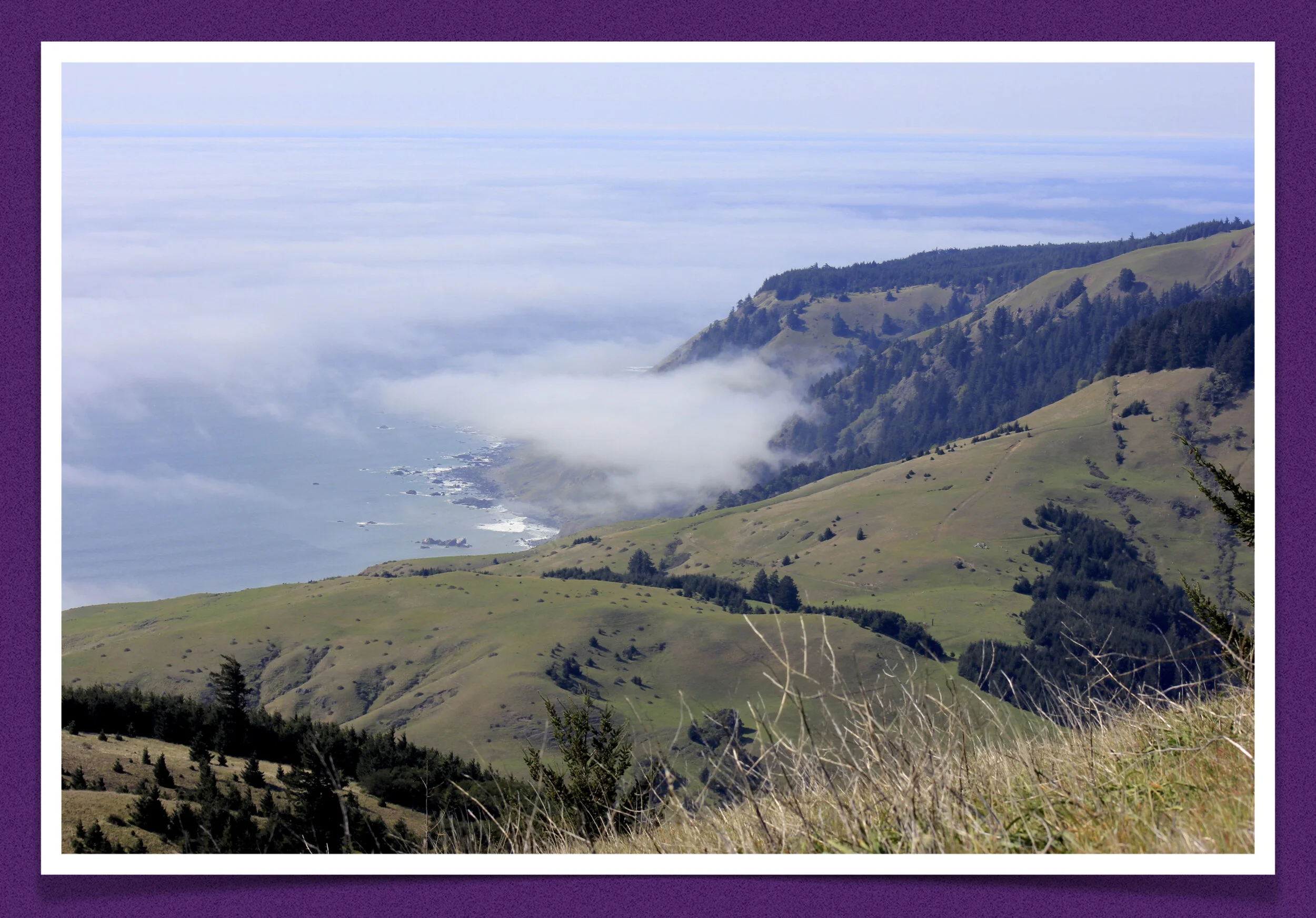
Literature
Central Coast Gallery Walk
Station One: The Coastal Ranges
Barrier to the Pacific
The Coastal Ranges in California are a Pacific mountain system of western North America, consisting of a series of ranges running parallel to the Pacific coast for more than 400 miles from the Transverse Ranges (near Los Angeles) in the south up to the Klamath Ranges (near the Oregon border) in the north. Because the Coastal Ranges dominate much of the California coast, finding coastal land that was flat enough for settlements—with the natural harbors that were necessary for shipping—proved to be difficult. It is for this reason, cities like San Diego, Monterey, and San Francisco were so critical to the Spanish, Mexican, and eventually American authorities. Today, the much of the Central Coast remains sparsely populated because of the Coastal Ranges with most of the cities existing in the inland valleys.
A New Mountain Range
Due to the fact that California is a seismically active area, the terrain here (as well as much of the west) is much more rugged than what can be found on the east coast. Where the thirteen colonies were established back in the seventeenth century, there were many river estuaries and natural harbors to help establish colonies and plenty of flat land to spread out. In California, conversely, the Coastal Ranges made it difficult for European powers to gain a foothold on the west coast. These ranges, stretching from Southern California all the way up to the border with Oregon, offered very little protection from the unforgiving sea. It is for this reason that the natural harbors and protected bays of San Francisco and San Diego were so critical to Spain and later both Mexico and the United States.
In addition to making the few natural harbors in California that much more valuable, the Coastal Ranges helped create fertile inland valleys. During the winter rains, streams and rivers would flow through the various valleys in the mountains bringing with it silt and minerals that fertilized the soil. Also, even in years of drought, water will still often flow (albeit at a trickle) because of the natural effect that the Coastal Ranges have when they meet the ocean. Think about the morning fog along the coast—and famously in San Francisco. That fog provides water and is a result of the steep drop off from the Coastal Ranges and continental shelf to the depths of the Pacific Ocean.
“He sat up, the better to look at the great mountains where they went piling back, growing darker and more savage until they finished with one jagged ridge, high up against the west. Curious secret mountains; he thought of the little he knew about them.”

